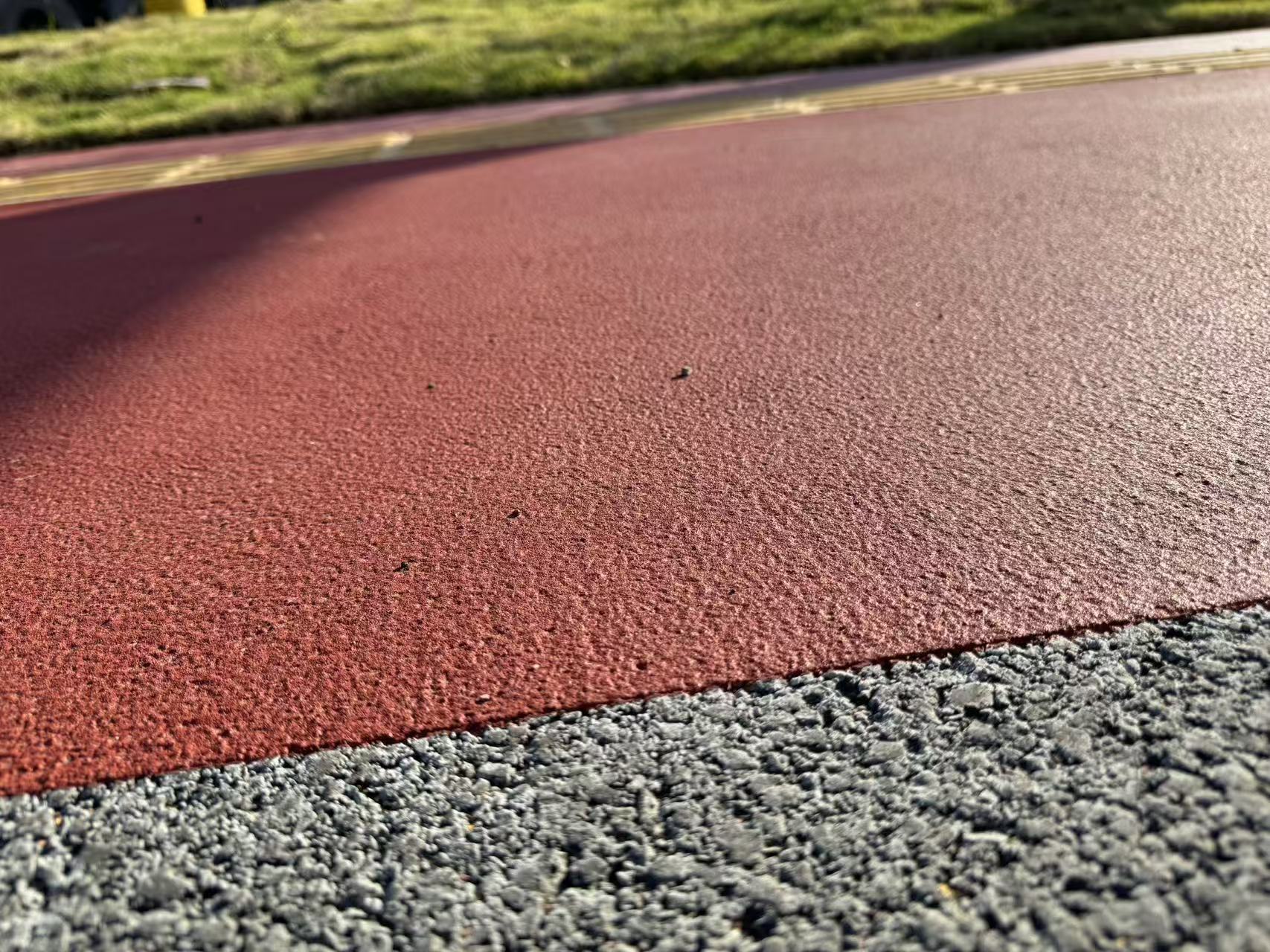



Title: The Emergence and Advancements of Water-Based Polymer Colored Pavement Materials
Abstract:
In the realm of urban infrastructure, the aesthetic and functional enhancement of road surfaces has garnered significant attention. Among the myriad innovations, water-based polymer colored pavement materials have emerged as a revolutionary solution, blending environmental sustainability with visual appeal and practical durability. This article delves into the intricacies of these materials, exploring their composition, benefits, applications, and the future outlook within the realm of road construction and renovation.

Introduction:
Traditional pavement materials, primarily asphalt and concrete, have served as the backbone of transportation networks for decades. However, with increasing awareness towards environmental impact, urban beautification, and traffic safety, the need for alternative, more versatile materials has become paramount. Water-based polymer colored pavement materials represent a forward-thinking response to these demands, offering a sustainable and visually striking alternative to conventional paving solutions.
Composition and Manufacturing Process:
Water-based polymer colored pavement materials consist of a blend of aggregates, pigments, and a water-soluble polymer resin. The aggregates, typically sand, gravel, or recycled materials, provide structural support. Pigments are meticulously chosen to ensure vivid, long-lasting coloration. The water-soluble polymer resin acts as a binder, facilitating adhesion between the aggregates and ensuring the material's flexibility and durability.
The manufacturing process involves mixing these components under controlled conditions to achieve a homogeneous mixture. Unlike solvent-based systems, water-based polymers emit minimal volatile organic compounds (VOCs), making them more environmentally friendly. Once applied, the material undergoes a curing process, where the water evaporates, leaving a robust, colored pavement layer.
Key Benefits:
Environmental Sustainability: The use of water as a solvent significantly reduces the environmental footprint compared to solvent-based alternatives. Additionally, many formulations incorporate recycled materials, further promoting circular economy principles.
Enhanced Aesthetics: The ability to customize colors and patterns allows for the creation of visually stimulating road surfaces that can enhance urban landscapes, promote tourism, or serve as wayfinding tools.
Improved Durability: Water-based polymers offer excellent adhesion and weather resistance, ensuring that colored pavements maintain their integrity and appearance over time, even in harsh climatic conditions.
Traffic Safety: Brightly colored pavements can improve nighttime visibility, reducing the risk of accidents. They can also be designed with anti-slip properties to enhance pedestrian and vehicular safety.
Ease of Application and Maintenance: These materials are relatively easy to install, often requiring minimal surface preparation. Maintenance, including repairs and cleaning, is straightforward and cost-effective.
Applications:
Water-based polymer colored pavement materials find diverse applications across various sectors:
Future Outlook:
As research and technology advance, water-based polymer colored pavement materials are poised for further development. Innovations in polymer chemistry could lead to even more sustainable formulations with enhanced performance characteristics. Additionally, advancements in 3D printing and other automated technologies may enable the creation of intricate designs and patterns, pushing the boundaries of what is possible with colored pavements.
Moreover, there is a growing emphasis on integrating smart city technologies with pavement materials. Water-based polymers could serve as a platform for embedding sensors, lighting systems, and other IoT devices, thereby transforming roads into interactive, data-driven infrastructures.
Conclusion:
Water-based polymer colored pavement materials represent a pivotal shift in road construction and renovation, offering a harmonious blend of environmental responsibility, aesthetic appeal, and practical functionality. Their versatility and adaptability make them ideal for a wide array of applications, from urban beautification to traffic management. As research progresses, the potential for these materials to revolutionize our transportation networks becomes increasingly evident, paving the way for a future where roads are not just pathways but dynamic, integral components of our urban ecosystems.
contact
Be the first to know about our new product launches, latest blog posts and more. Chinese brand Kunjie Materials Company is an environmentally friendly enterprise that provides colored anti-skid pavement, ceramic particle anti-skid pavement, water-based polymer colored pavement, pe...
Chinese brand Kunjie Materials Company is an environmentally friendly enterprise that provides colored anti-skid pavement, ceramic particle anti-skid pavement, water-based polymer colored pavement, pe... Any question or request?
Click below, we’ll be happy to assist. contact